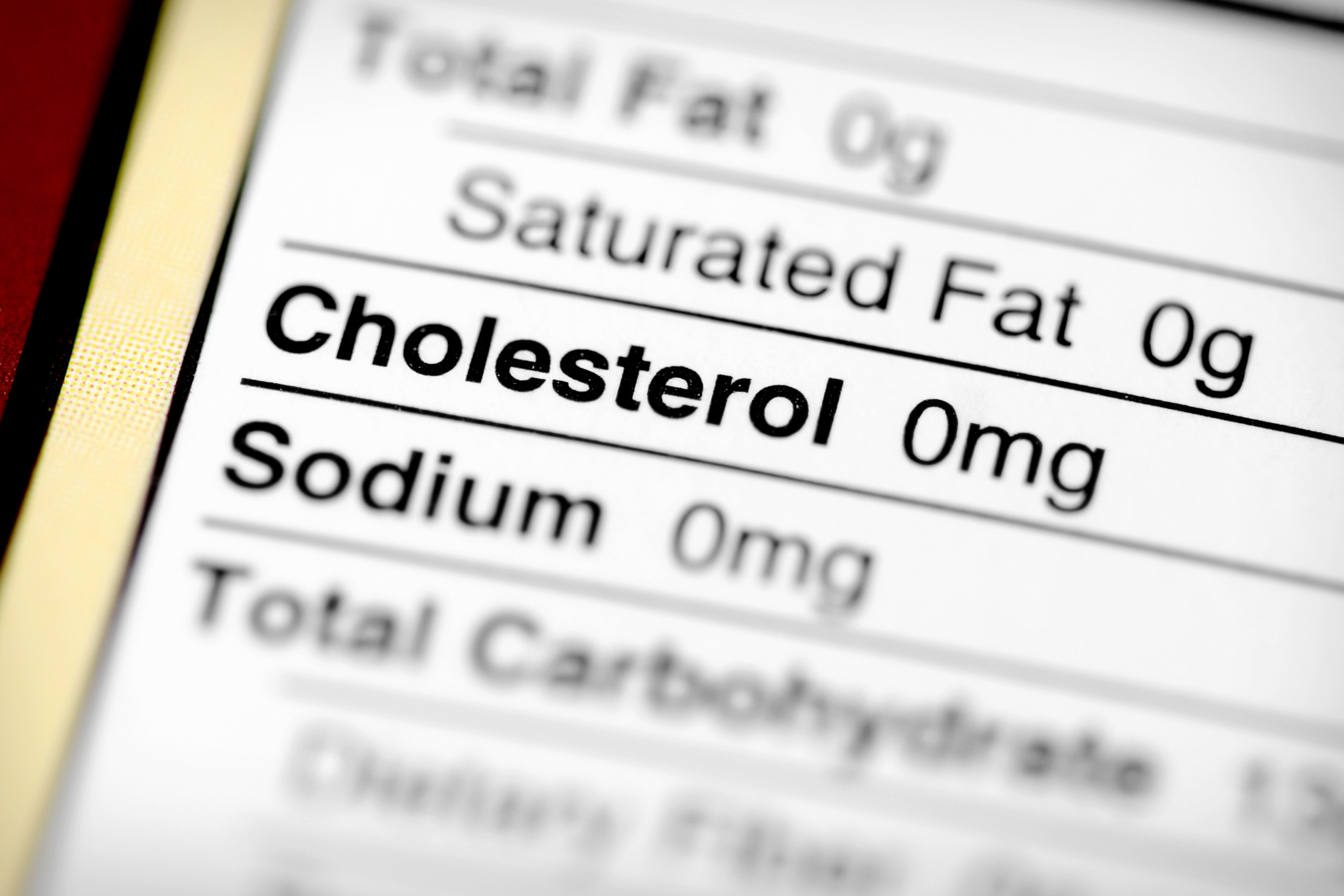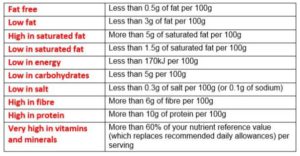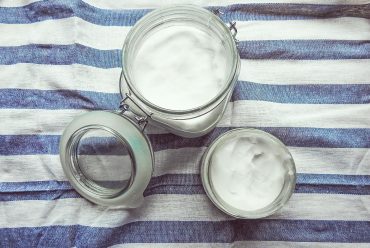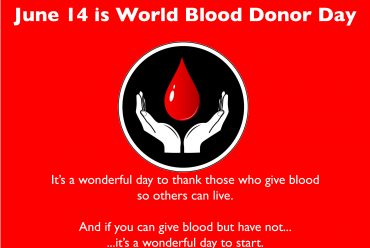Nutrition: How to read food labels
Food labels are, or should be, on every edible product you buy. Of course, this doesn’t apply to fresh
fruits and vegetables, but pretty much anything that has undergone some sort of process, should have a food label on.
At first glance, these labels can be confusing. All those big, confusing words and numbers. But fear not…read on for a quick guide on how to decipher them and get on your way to eating healthier and armed with knowledge as to exactly what you are eating.
In South Africa, there are laws regulating food labels and what information they should contain, however this is not enforced very well and manufacturers tend to get away with non-compliance.
Firstly, check the ingredients. In South Africa manufacturers have to list the ingredients in descending order of weight, so a quick glance at the ingredients list will tell you what the majority of the product is made up of. Manufacturers often try to hide ingredients by calling them other names so be on the lookout for this.
According to Health24: “Sugar can be called cane sugar, honey, maltose, maltodextrin, glucose, corn syrup, fructose, dextrose, sucrose or high fructose corn syrup. Fats can be called vegetable fats, hydrogenated fats, lard, shortening, coconut oil or palm kernel oil. Salt can be called sodium, a word which may appear in combination with other terms such as monosodium glutamate or MSG.
Secondly, check that little nutritional analysis table. This is where you find out exactly how much of what is in the product. Information should be listed in the standard /100g or /100ml of product AND per serving/portion size (bear in mind that a portion is usually smaller than the standard). When comparing products, it’s easier to compare the /100g or /100ml columns.
The table below from www.essentials.co.za sheds some light on all those enticing manufacturers claims. Common allergens, such as lactose, gluten, egg, peanuts etc must also be listed on the food label.
So there is quick summary on food labels.
For a more detailed explanation visit the following websites:
http://www.essentials.co.za/lifestyle/how-to- understand-food- labels-in- south-africa
http://www.health24.com/Diet-and- nutrition/Nutrition-basics/what- your-food- labels-mean-
20160411









